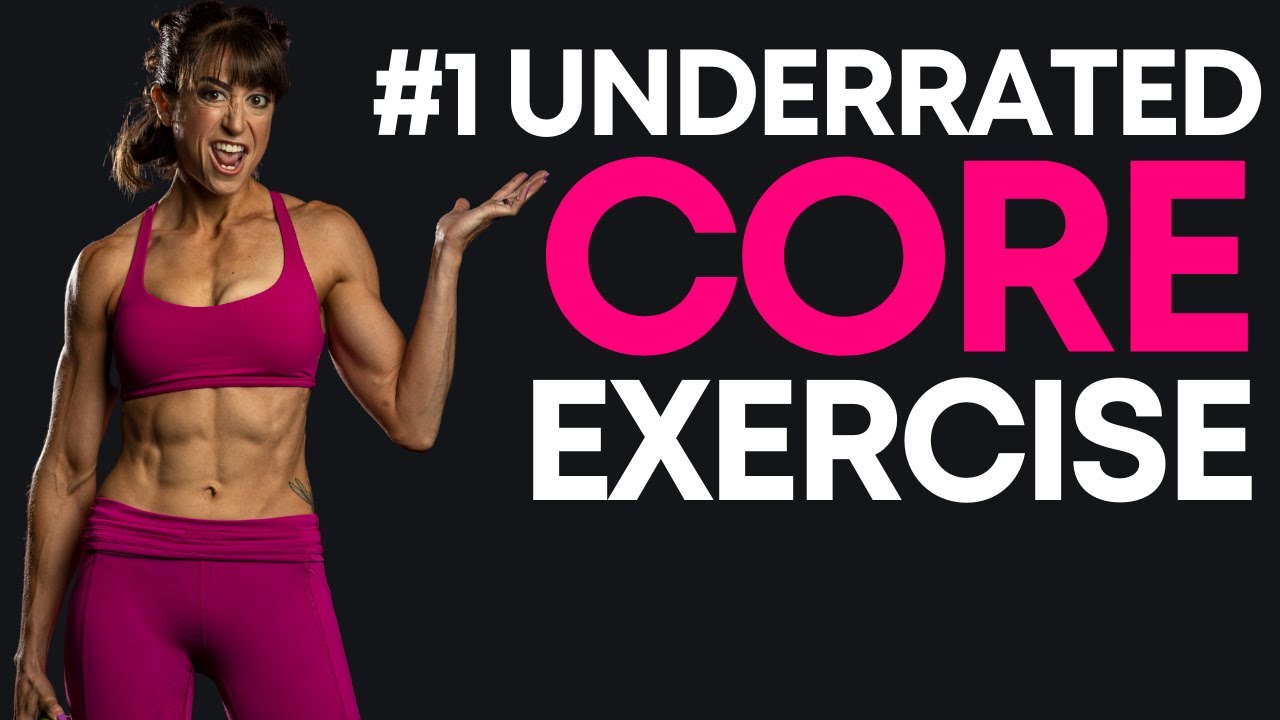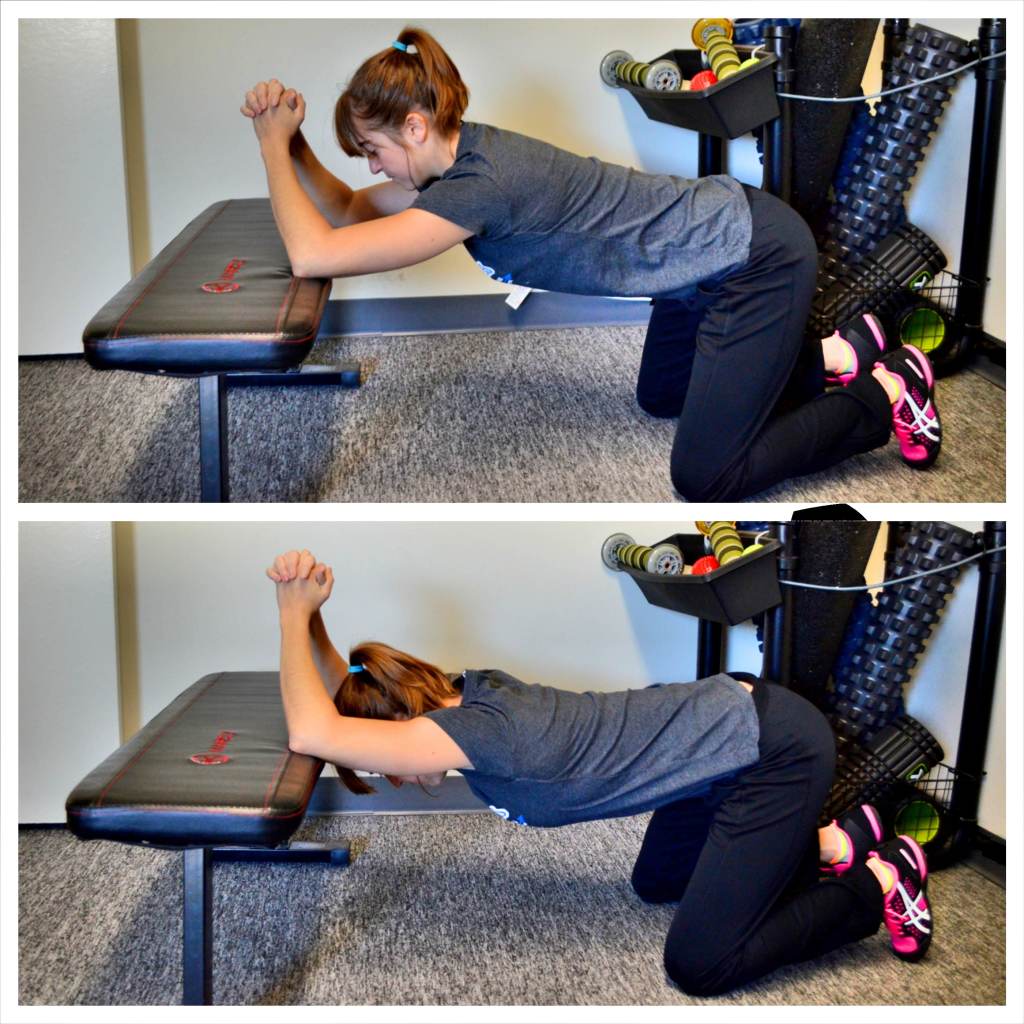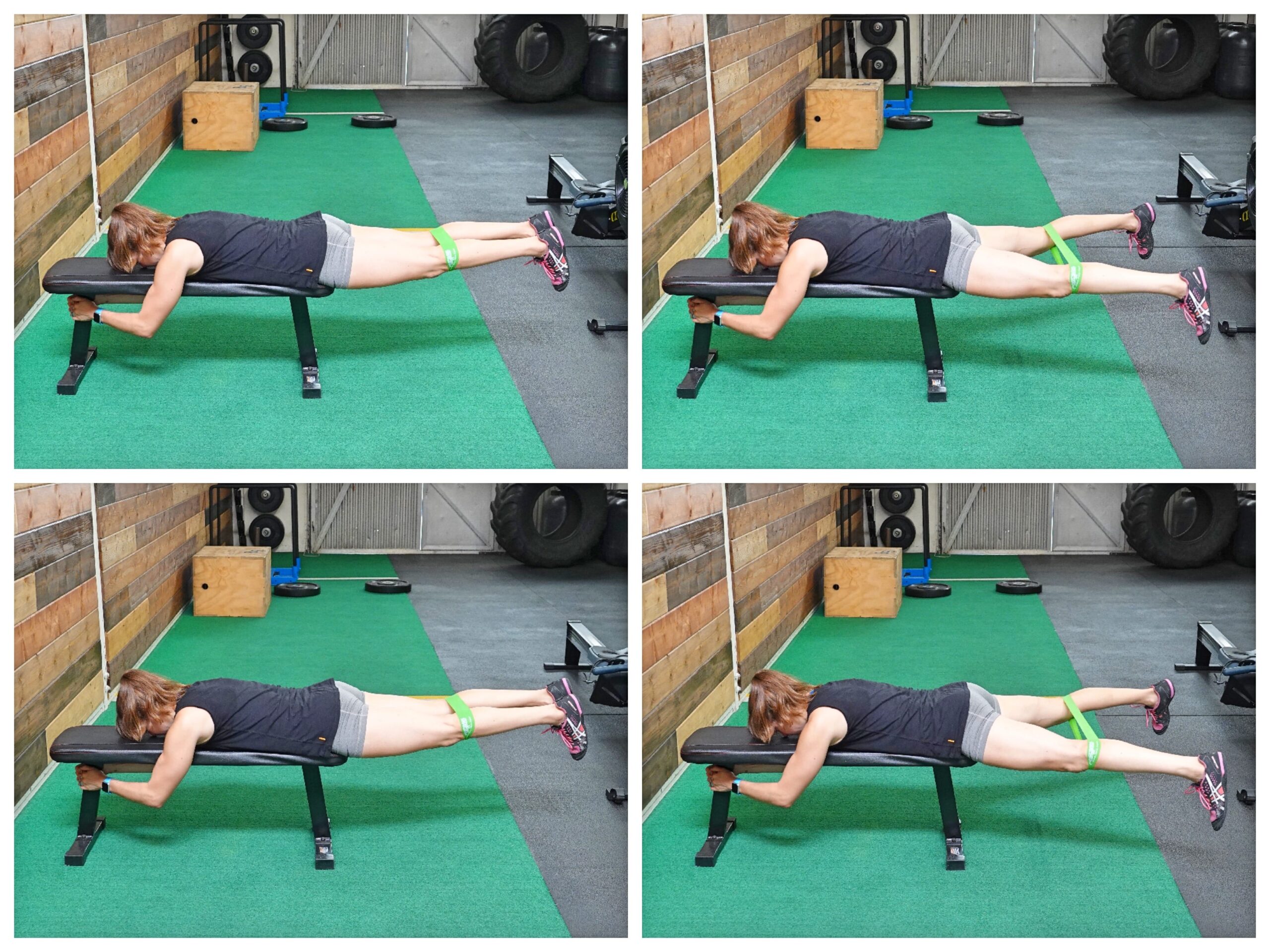
The Most Underrated Core Exercise
A strong core is one that can not only power rotation but also PREVENT IT.
So often our core training focuses on rotational moves. Maybe some anti-flexion or extension exercises too…
But if you actually want to be able to avoid injury, you’ve got to build a strong, stable core that can prevent unwanted or unneeded rotation.
And that’s why ANTI-ROTATIONAL core work is so key!
Being able to control or prevent rotation will help you improve how you transfer force between your upper body and lower body.
So not only does this anti-rotational core work help protect your spine, but it also can help you improve your shoulder and hip stability as well.
Plus, to be able to power rotation efficiently, you first have to learn how to prevent and control it!
So if you even want to get stronger with your rotational moves? You want to include anti-rotational core work as well!
Because Anti-Rotational Core Work is so important, I think it’s key we include moves like this amazing plank variation – The Plank With Row.
The basic plank is a great anti-extension exercise. And by adding in the row, we can make it a great anti-rotational move as well.
And while I feel so often planks are an overrated movement because of how we use them, constantly focusing on holding longer over holding harder, I think some plank variations done for shorter intervals of work with intentionality and focus on what you actually feel working, can be the missing piece in our core training routine.
Plus, because they require no tools to perform, you can use them whether you train at home or at a full gym!
With the Plank with Row, you will work to build anti-rotational core strength and avoid your body’s urges to want to twist as you change your base of support to perform the row.
It is a great move to improve your shoulder, spinal and hip stability while also activating the muscles of your back. If you’re struggling to really improve your scapular control, this is a great way to work on it as you strengthen your abs, obliques and even glutes!
Here are 3 tips to help you maximize the benefit you get from this fundamental anti-rotational move.
3 Tips To Help You Master The Plank With Row:
Tip #1: Slow things down.
Often when we do reps of a movement, we just are focused on getting them done.
Or when we feel ourselves losing balance, we try to rush through.
But with this anti-rotational core move, it’s key we SLOW THINGS DOWN.
We want to focus on that mind-body connection and what we feel working.
When we feel unstable, we want to slow things down and focus on engaging muscles harder.
As you lift to row your hand up, focus on pulling the elbow down and back by using your upper back. Feel yourself drawing that shoulder blade toward your spine.
Focus on feeling your abs and obliques work to avoid rotating open as you row up.
Feel the side of your back on your supporting hand stabilize the shoulder.
Even feel your glutes flex to keep your hips stable as you drive back through your heels.
Slow down the movement to really fight the rotation and be present in your body and intentional with the movement.
You want to slow things down to prevent unwanted movement and learn to engage things properly.
Tip #2: Push the ground away.
Creating that solid connection with the ground through your hands and the balls of your feet will actually help you better activate everything to stabilize.
Don’t just get focused on the movement, focus on feeling yourself push that ground away to better stabilize your supporting shoulder.
And focus on driving your feet down into the ground to fight your hips desire to rotate as you row up. It will help you create more tension through your legs.
Part of including anti-rotational core work is learning how to transfer force between your upper and lower body.
That means knowing how to properly create tension through your core.
This starts at your foundation or your connection to the ground!
Tip #3: Set up with a wider base.
Our body is amazing in that it will find a way to replicate the movement we ask it to perform whenever possible.
However, this can mean it will recruit muscles it shouldn’t if we aren’t careful to MIMIC the movement we want to perform.
It’s why all too often people end up feeling their lower backs during planks when their abs should be working.
Sometimes we need to regress to progress so we can make sure we’re using the correct muscles and creating those more efficient recruitment patterns.
That’s why the base of support you create when first learning this movement is key.
You can always modify any plank off a bench to reduce the resistance. But with anti-rotational core moves, you can also change your base of support.
With this Plank with Row, you can start with your feet wider apart than shoulder-width and hands together under your chest.
This tripod position can help you have that base of support to really focus on fighting the urge to rotate as you row.
As you build up strength, you may find you bring your feet in toward hip width while slightly widening your hands out.
But don’t rush to change your base until you can fully control the move.
Doing a supposedly “harder variation” you haven’t earned will only backfire.
SUMMARY:
If you want to improve your core strength and stability, do not ignore the importance of anti-rotational core work!
Moves like the Plank with Row are a great way to improve your shoulder, hip and spinal stability not to mention strengthen your back, abs, obliques and even glutes!






